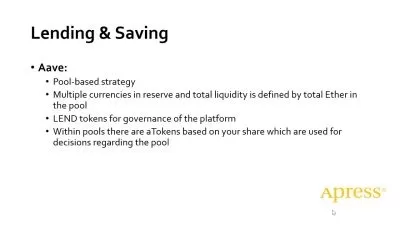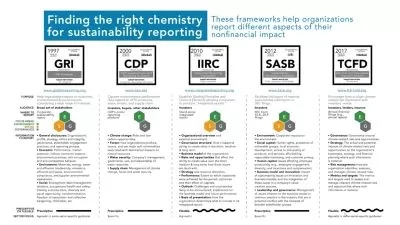Finance Foundations: Corporate Governance
Jim Stice and Earl Stice
2:03:11
Description
In this course, Jim and Kay Stice explore the foundations of corporate governance, including key aspects and considerations when creating a corporate governance plan. They look at various roles in an organization and draw connections between those roles and the financial overview needed to maintain business financial integrity. Along the way, they share stories about companies that failed in integrity, and how we can learn from those stories to avoid future financial failings. These stories also illustrate the creation of some regulatory laws, such as the Sarbanes-Oxley Act.
More details
User Reviews
Rating
Jim Stice and Earl Stice
Instructor's Courses
Linkedin Learning
View courses Linkedin Learning- language english
- Training sessions 28
- duration 2:03:11
- English subtitles has
- Release Date 2024/09/22



















